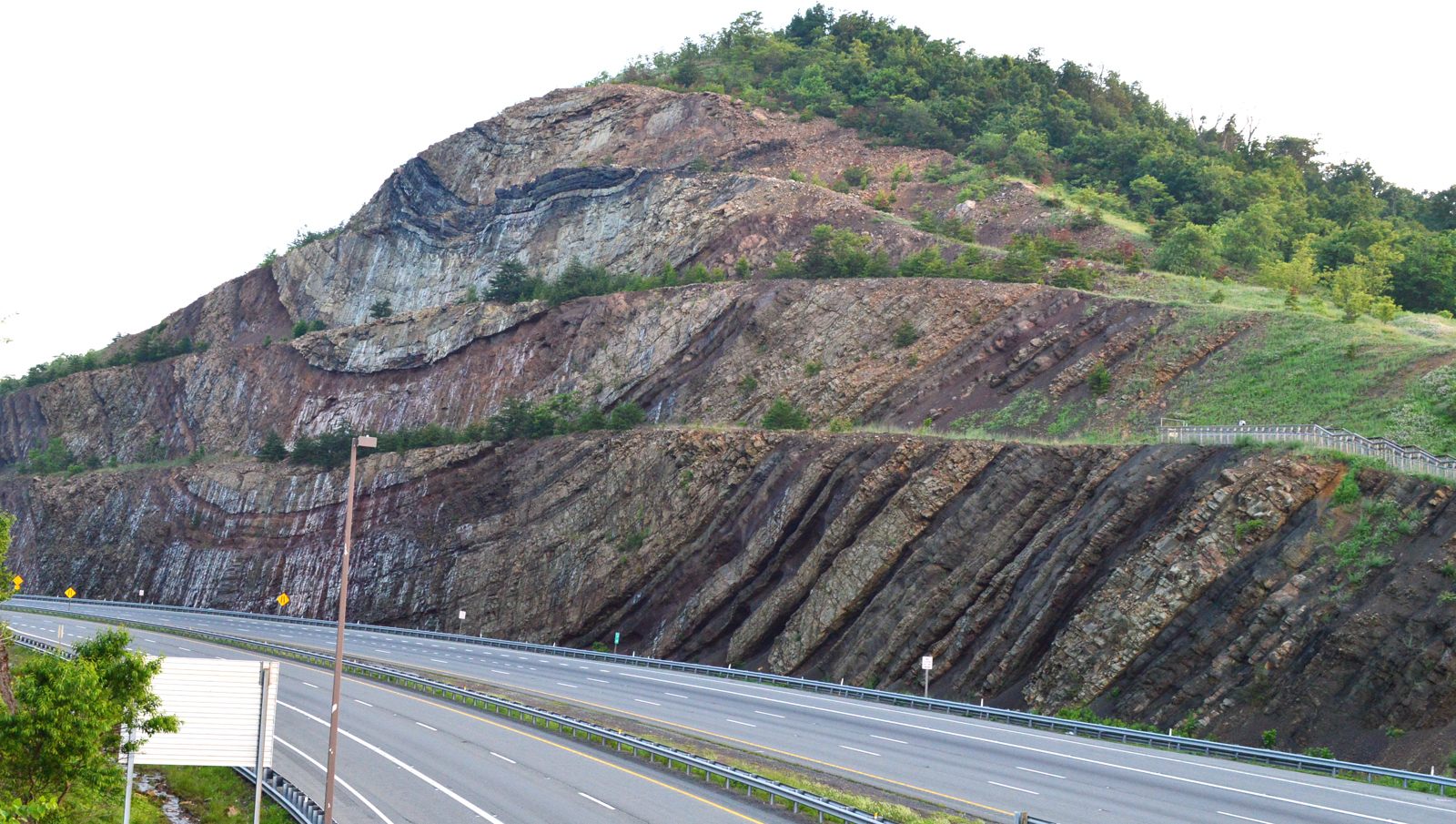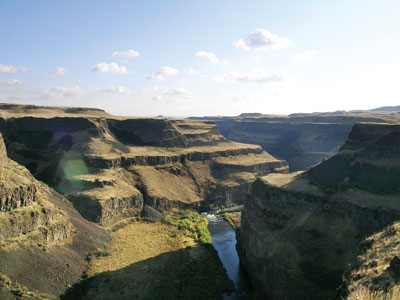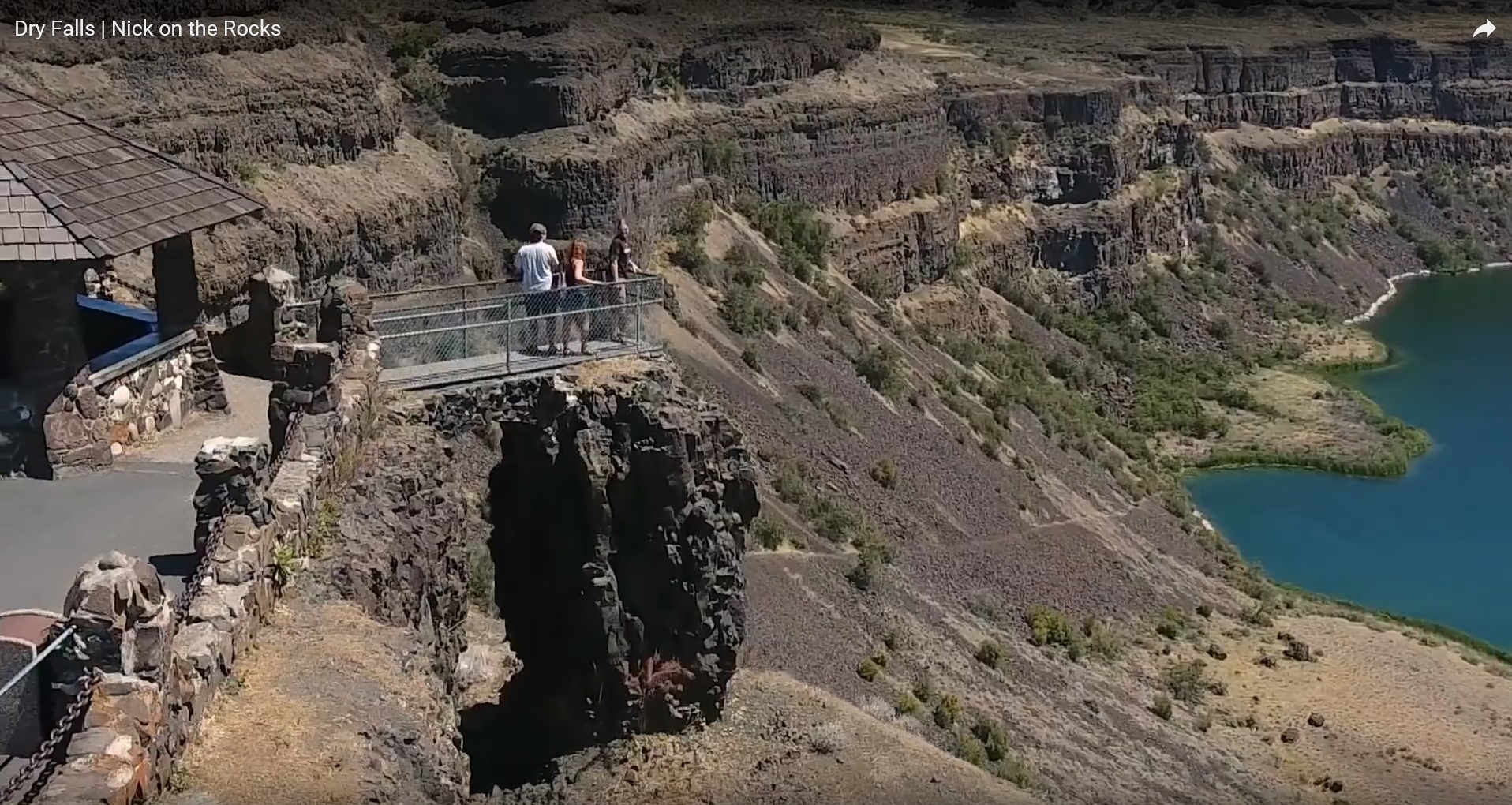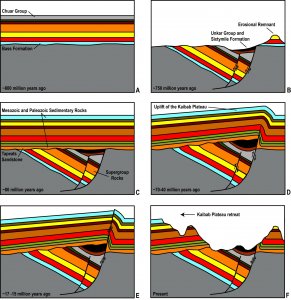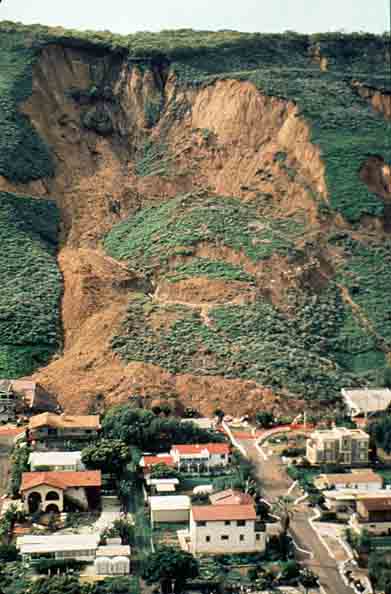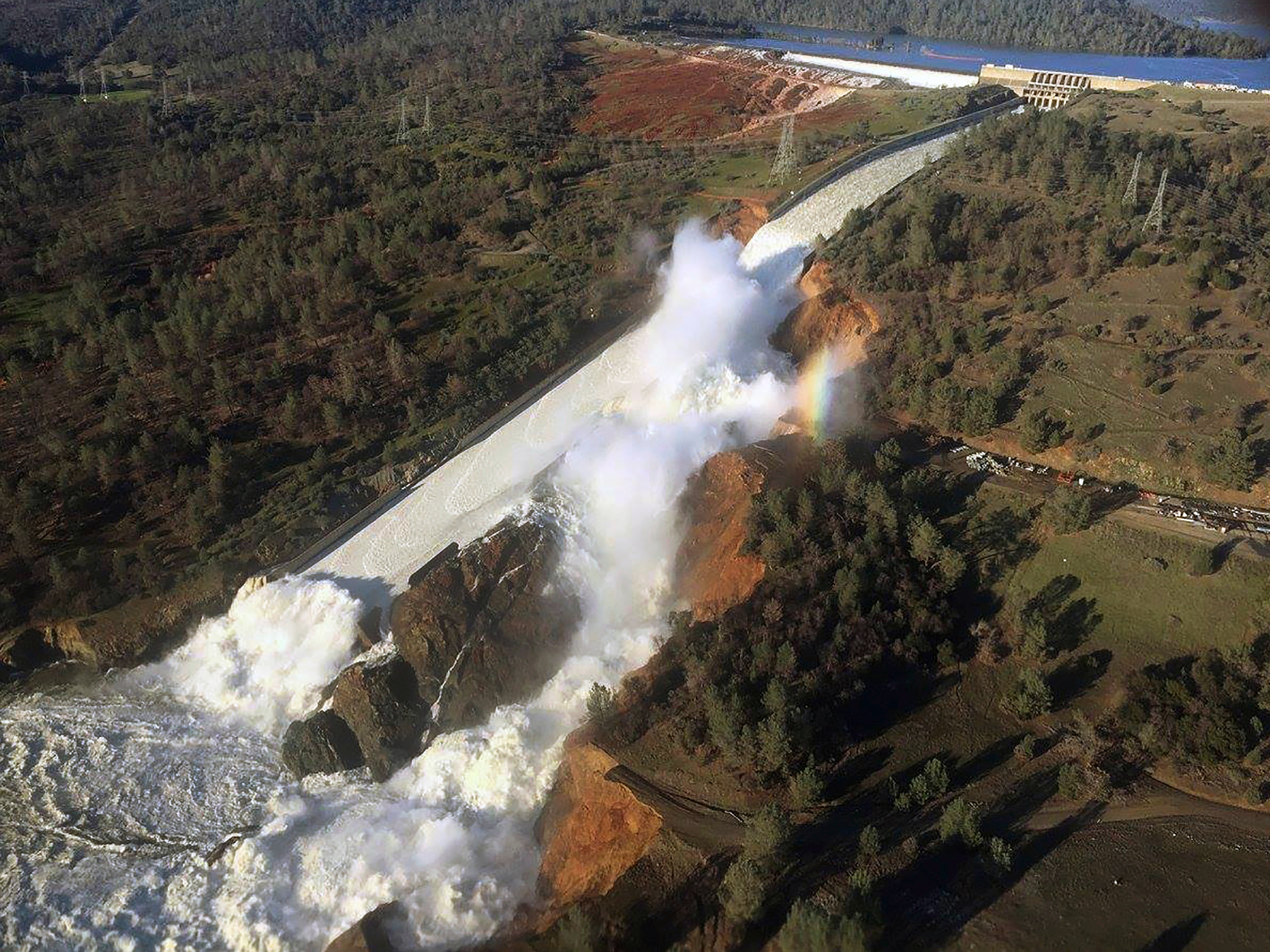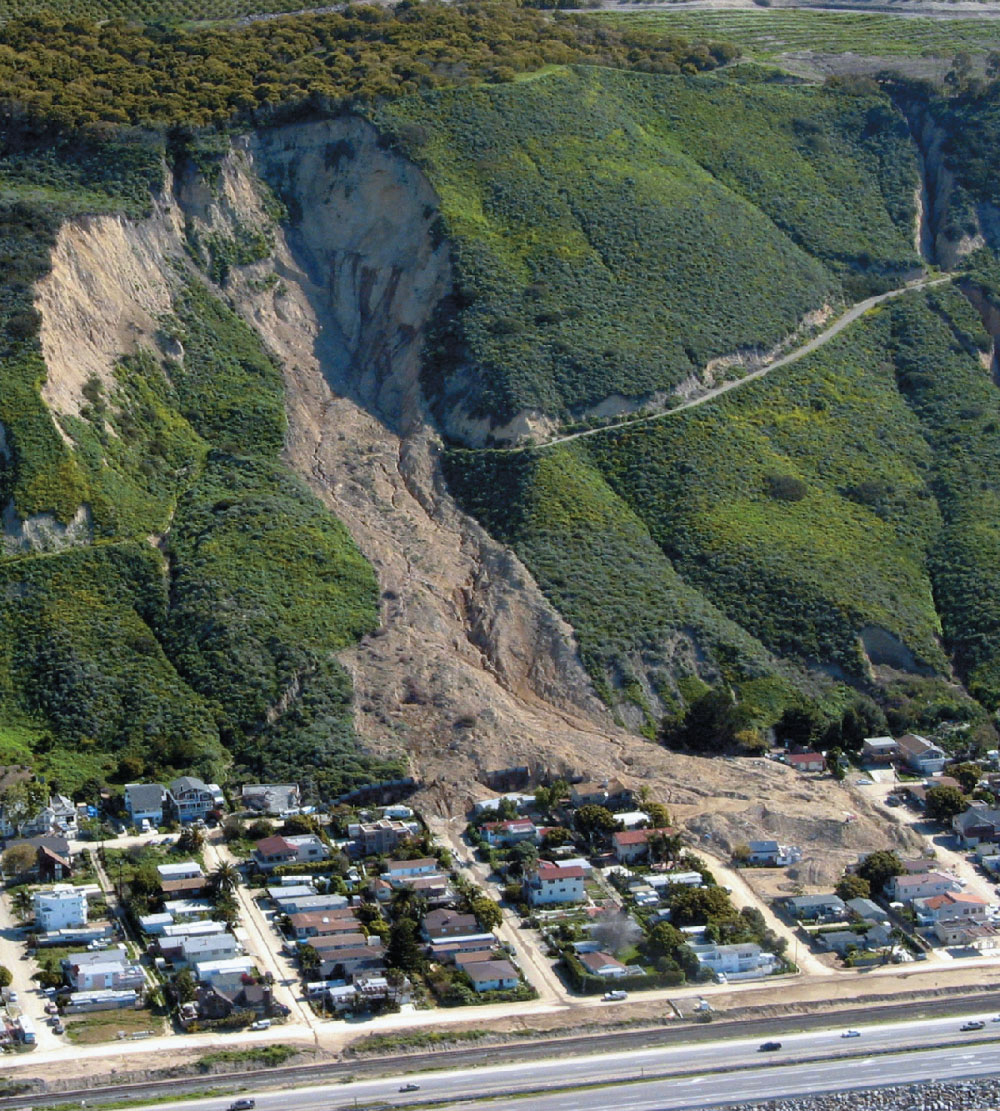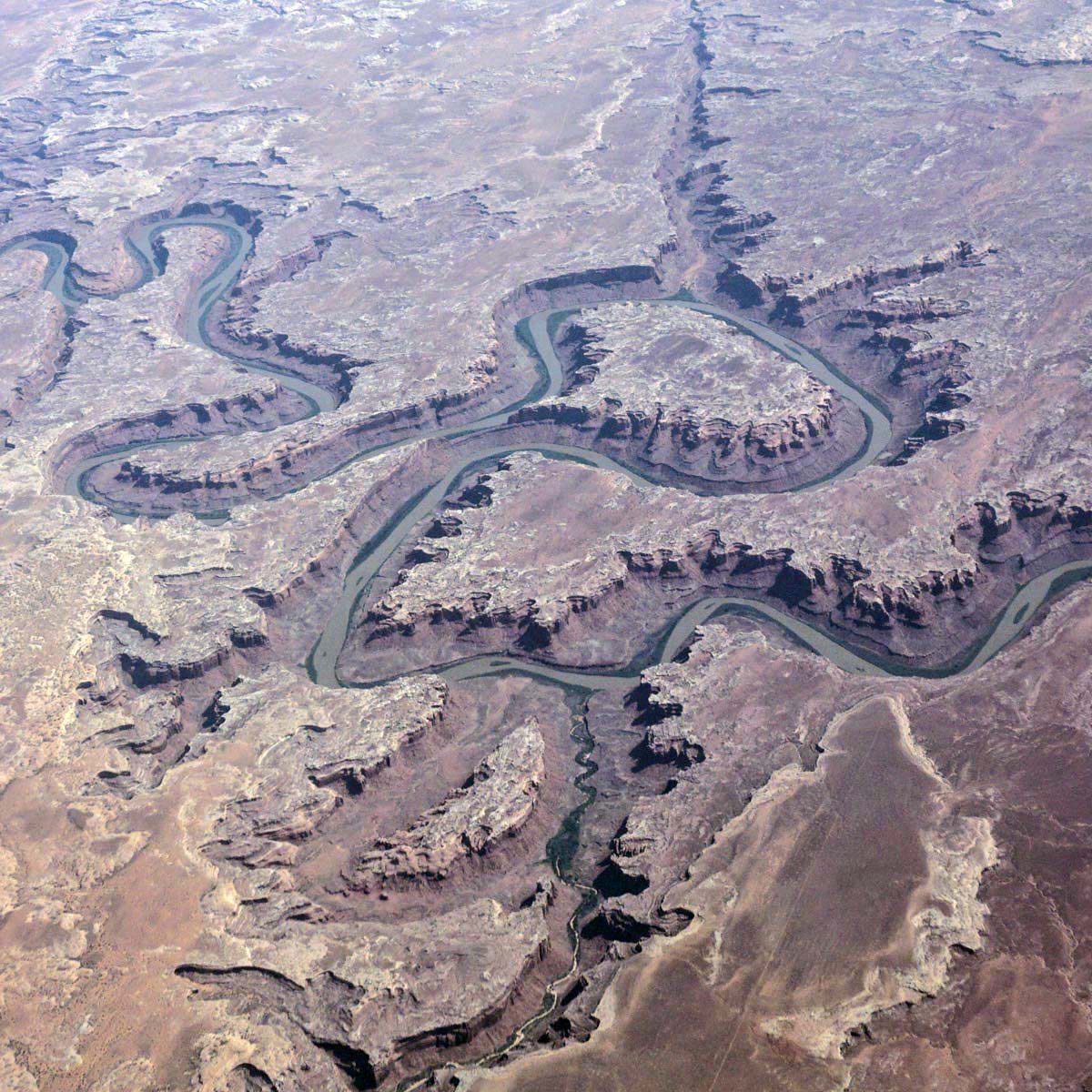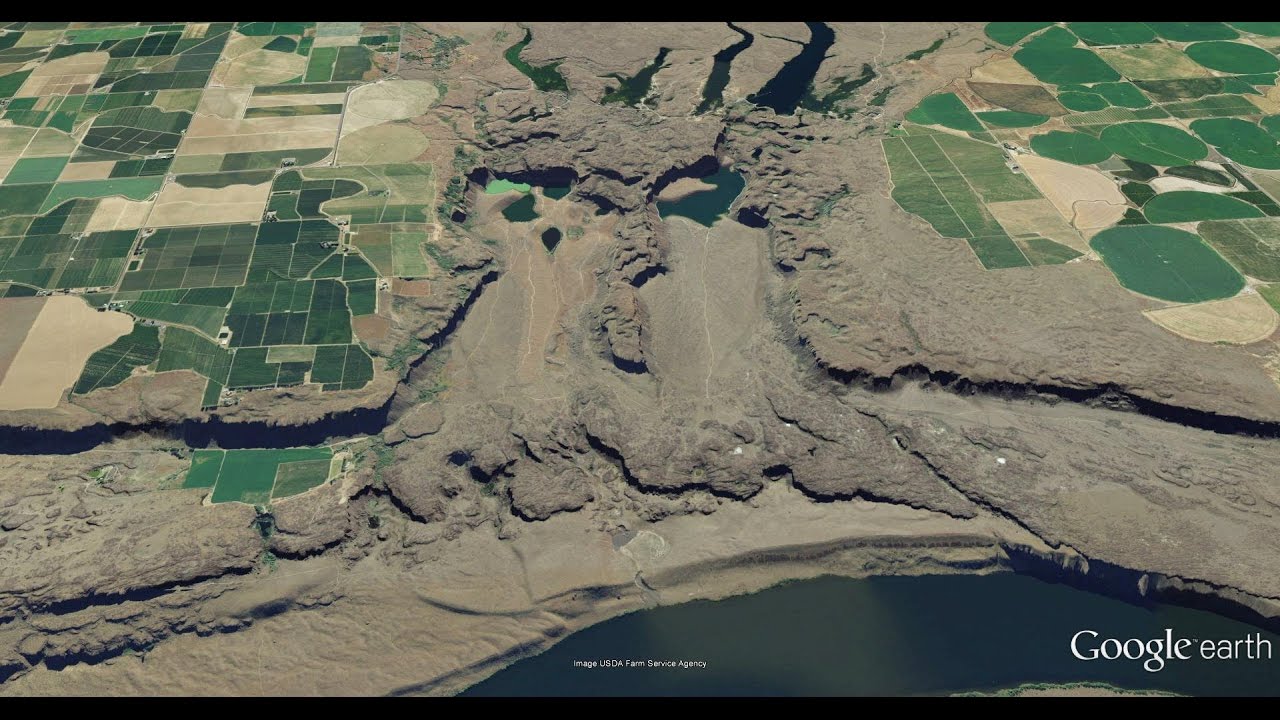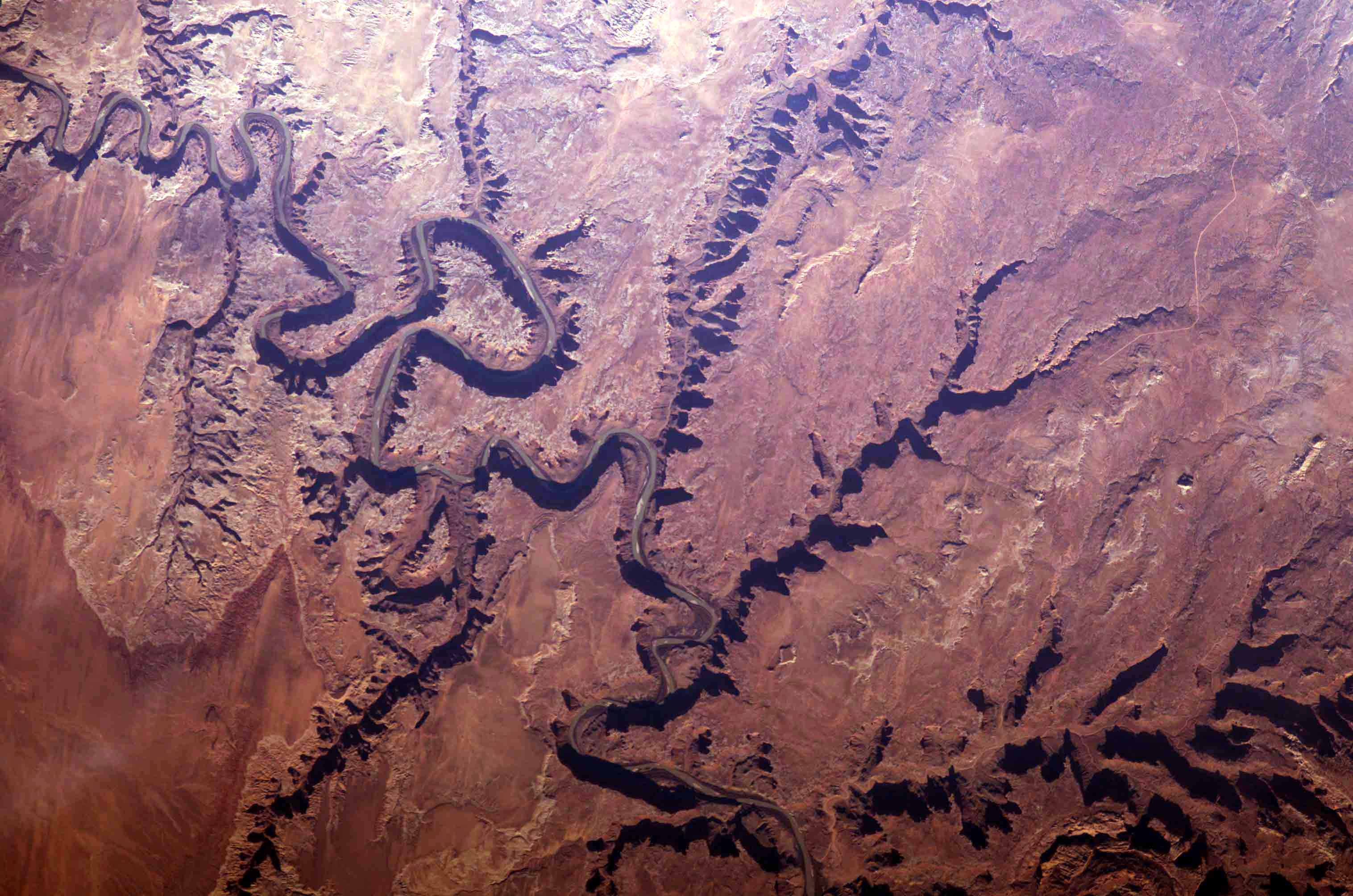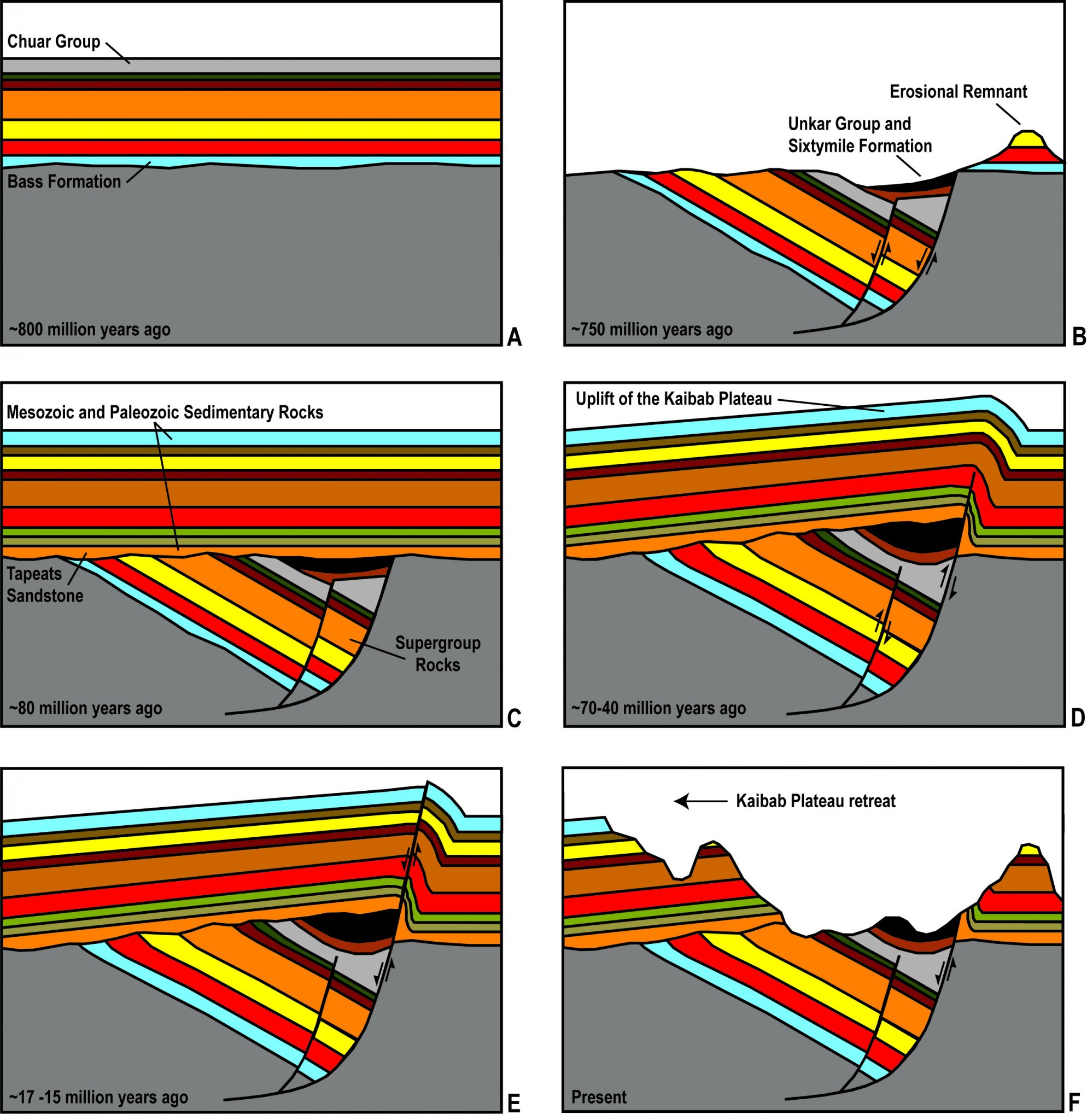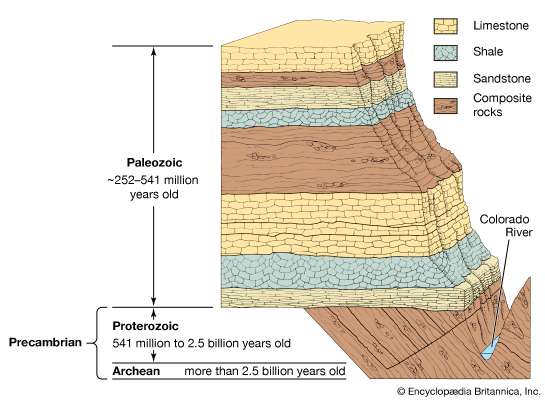Job 33:6
Well-Known Member
- Jun 15, 2017
- 9,539
- 3,232
- Country
- United States
- Gender
- Male
- Faith
- Christian
- Marital Status
- Married
- Politics
- US-Republican
This says a lot about where you're coming from. The more I study the flood, the more I begin to understand just how complex it was.
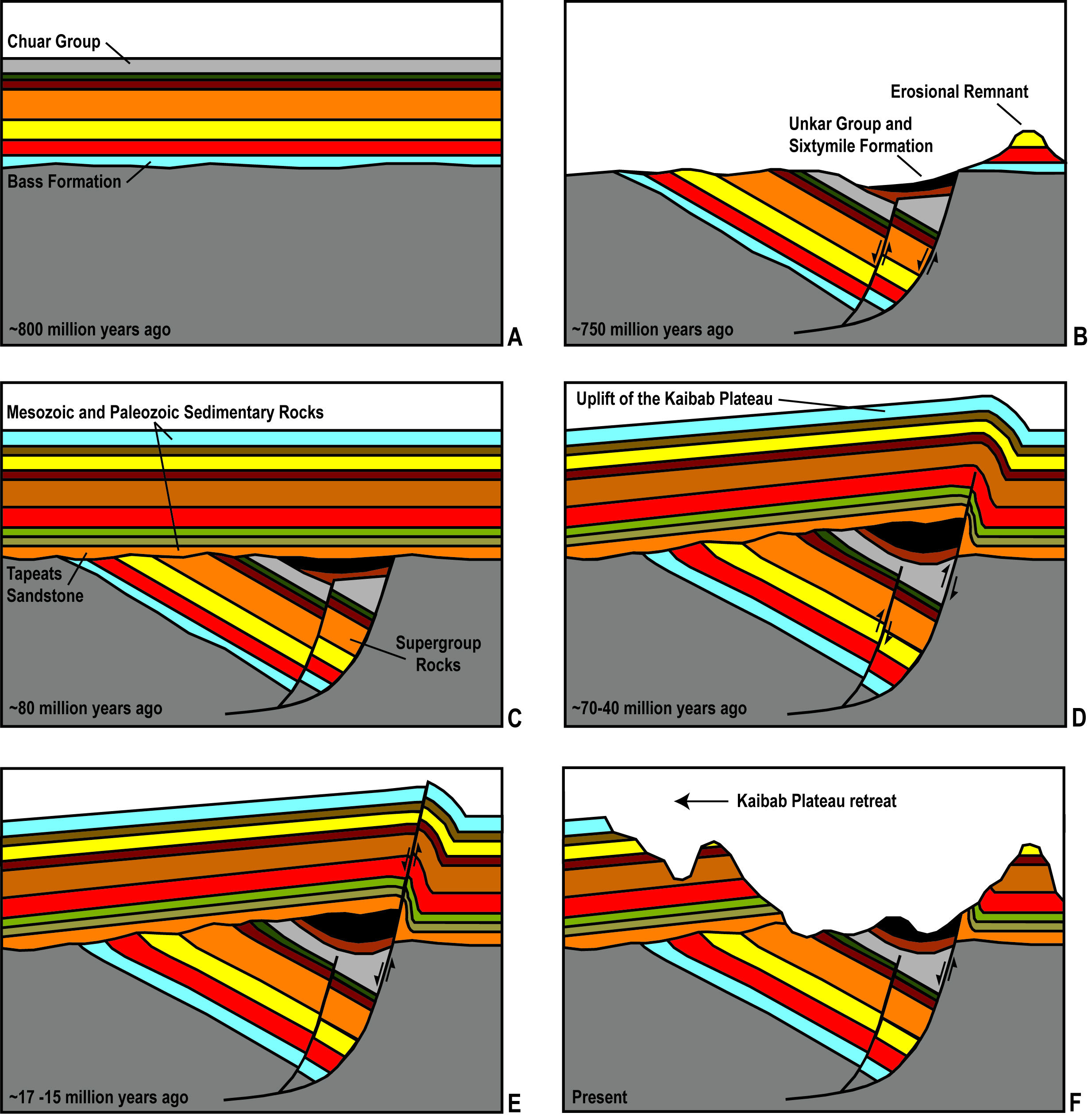
Image B is interesting. Presumably those tilted rock layers are varying in degrees of hardness. Do you think it's weird that millions of years of gradual erosion appears to have sheered through all of them equally? You'd think the softer layers would have been eroded away much faster.
Of course a relatively sudden, extremely forceful event might be much less picky and sheer them all off equally. Just a thought.
How long does it take rock layers to harden in your estimation?
And also, semi-hardened rock layers can't be split apart?
Who believes they hardened instantaneously?
You mean rock layers heating up from a whole lot of force? What about that is a head-scratcher? If anything it leans towards catastrophic interpretation.
What are these magical laws that prevent dinosaurs from walking around and giving birth during the flood? There could have been all kinds of biological activity on temporarily exposed land masses.
And speaking of animal burrows, from what I gather there is much, much less of it than you would expect if these layers truly represted long-age ecosystems. However, if bioturbation occurred in temporary pulses between stages of inundation, it might explain the pattern better.
Probably because you're critiquing a cartoonish, simplistic view of the flood.
What exactly are you referring to here?
In some areas, more dense rock lasts longer than softer rock. However, there is no reason that, given enough time, layers would erode away equally, even if their densities do vary. But what should be noted in figure 2 is that you have extensional faulting, and so your rocks actually were not blasted away by compressional forces, rather they were stretched and pulled. Then when the stretching and pulling and turning was finished, then they were eroded.
So these rocks were, as you suggested, dense and hard prior to being eroded. And in order to erode through thousands of feet of solid rock, you either need an extraordinarily long time, or you need...essentially pure acid. But of course the oceans are not pure acid.
And this is just figure B. We still have all the other figures to go through. Which include but are not limited to:
Figure C: erosion and more deposition of thousands of feet of rock.
Figure D: More uplift and faulting, this time compressional.
Figure E: Extentional faulting ie a change in directional forces, and the faulting of further solidified rock.
Figure F: The erosion of thousands of feat of solidified rock...again. But this time, we have meanders, indicating that erosion was done by the river that rests within it...which is the Colorado river, which isnt made of pure acid, its just a regular river.
It didnt simply get blasted away, violently by acid waters (for which there is no evidence of), it was eroded away, casually by a regular everyday river (which is visibly evident).
You asked how long it might take rocks to harden. Well, there are different types of rocks present in the layers. You are looking at, millions of years. Go outside and pick up a rock, many are very dense, well compacted and lithified, and even super heated. Many form under tens of gigapascals of pressure and under temperatures of hundreds of degrees.
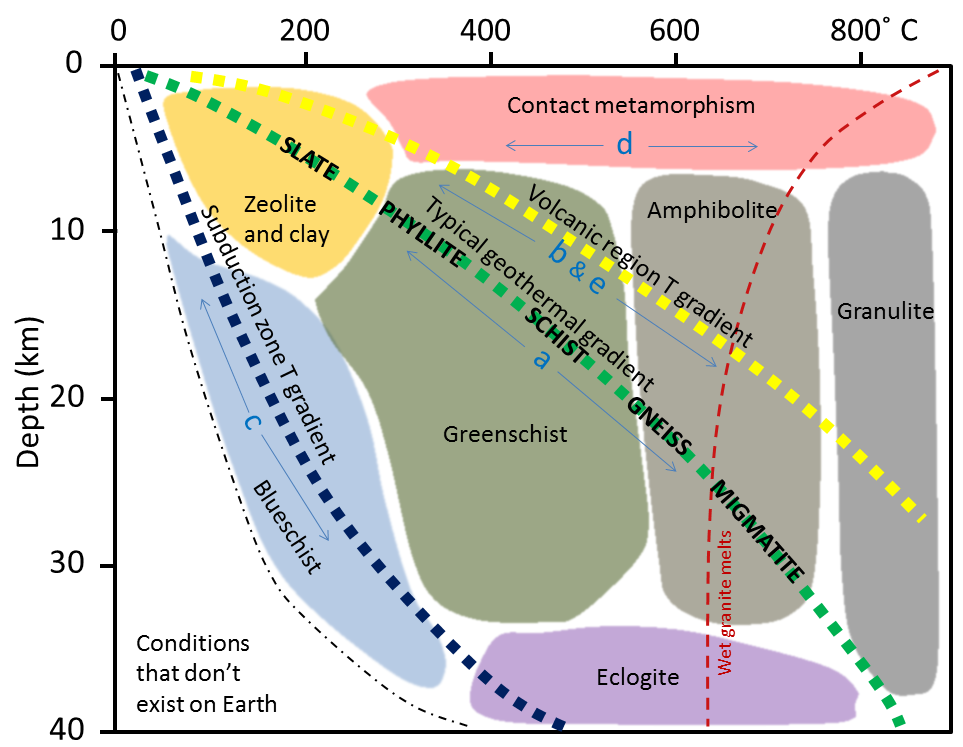
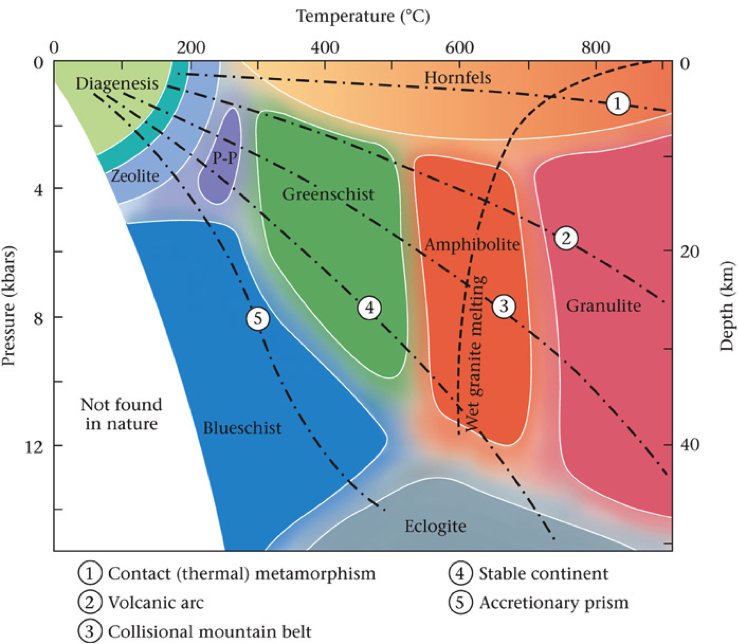
These are pressures and temperatures that really can only exist deep within the earth under the weight of kilometers of rock. These conditions cant exist at the surface of the earth, it just doesnt make any sense.
These are pressures so high, that anything on the surface of the planet would be...smashed into nothing and incinerated. Noah wouldn't even have a boat. Regular sedimentary rocks wouldnt even exist.
And no, the rocks were not "semi hardened", these were just regular rocks. There are things like fault gouge, breccias, pencil cleavage, propogating faults and cataclastic deformation, these are features that form in regular rock. And you cant even have certain rocks, such as igneous rocks, being "semi hardened" because if they were semi hardened, it would indicate a particular cooling point in which many of them wouldnt form.
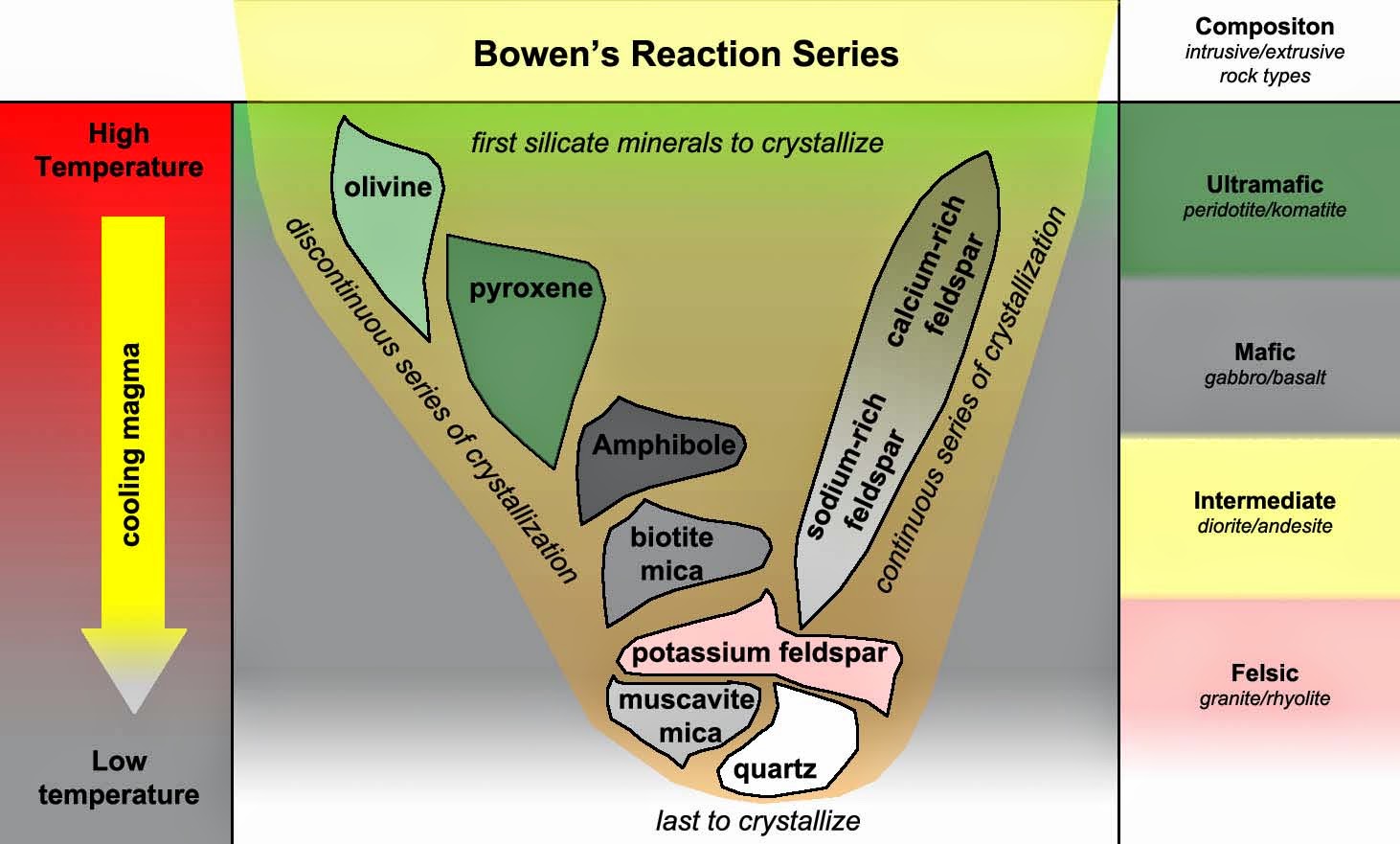
Either the rock is cooled and has a particular chemistry, or it is still hot. Or you get partial melting, which again certain rocks would form in such environments.
Regarding sedimentary rocks, there are soft sediment formations, but the faults described above are not soft formations. There is nothing about them that indicates such, as far as physics and chemistry are concerned.
"What are these magical laws that prevent dinosaurs from walking around and giving birth during the flood? There could have been all kinds of biological activity on temporarily exposed land masses."
Remember, you just suggested that this flood produced temperatures hundreds of degrees high under gigapascals of pressure. No life could exist in such an environment. Let alone build nests and lay eggs and dig complex burrow systems and live at all. And these fossils and burrows and nests are found all over the planet in every period of time. So its not like there was just some random island hanging out in the middle of an apocalypse that dinosaurs lived peacefully on as if the planet wasnt 300 degrees celcius with atmospheric pressures beyond what is even possible in the universe.
And you suggest that there may be less bioturbation in older strata.
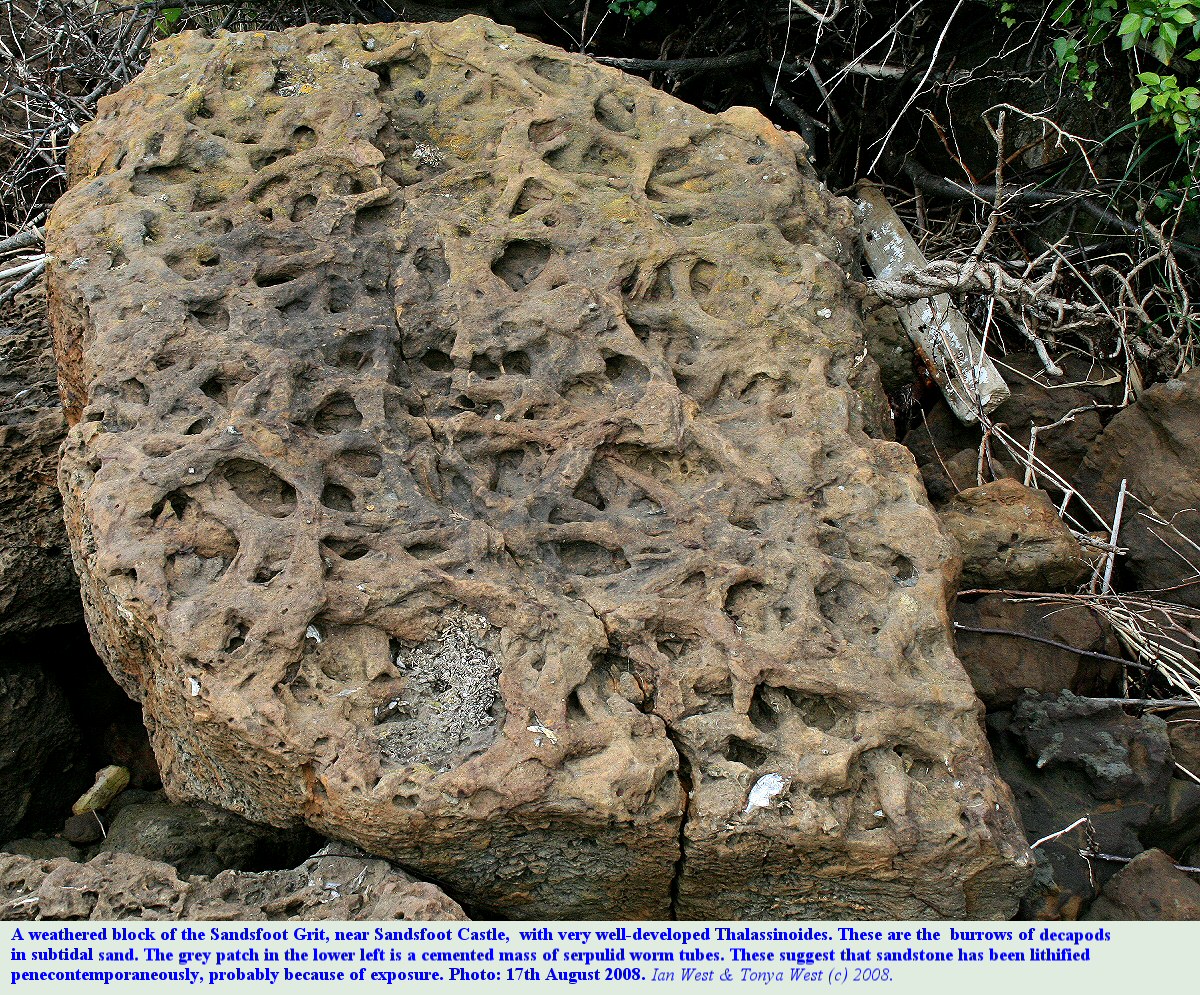
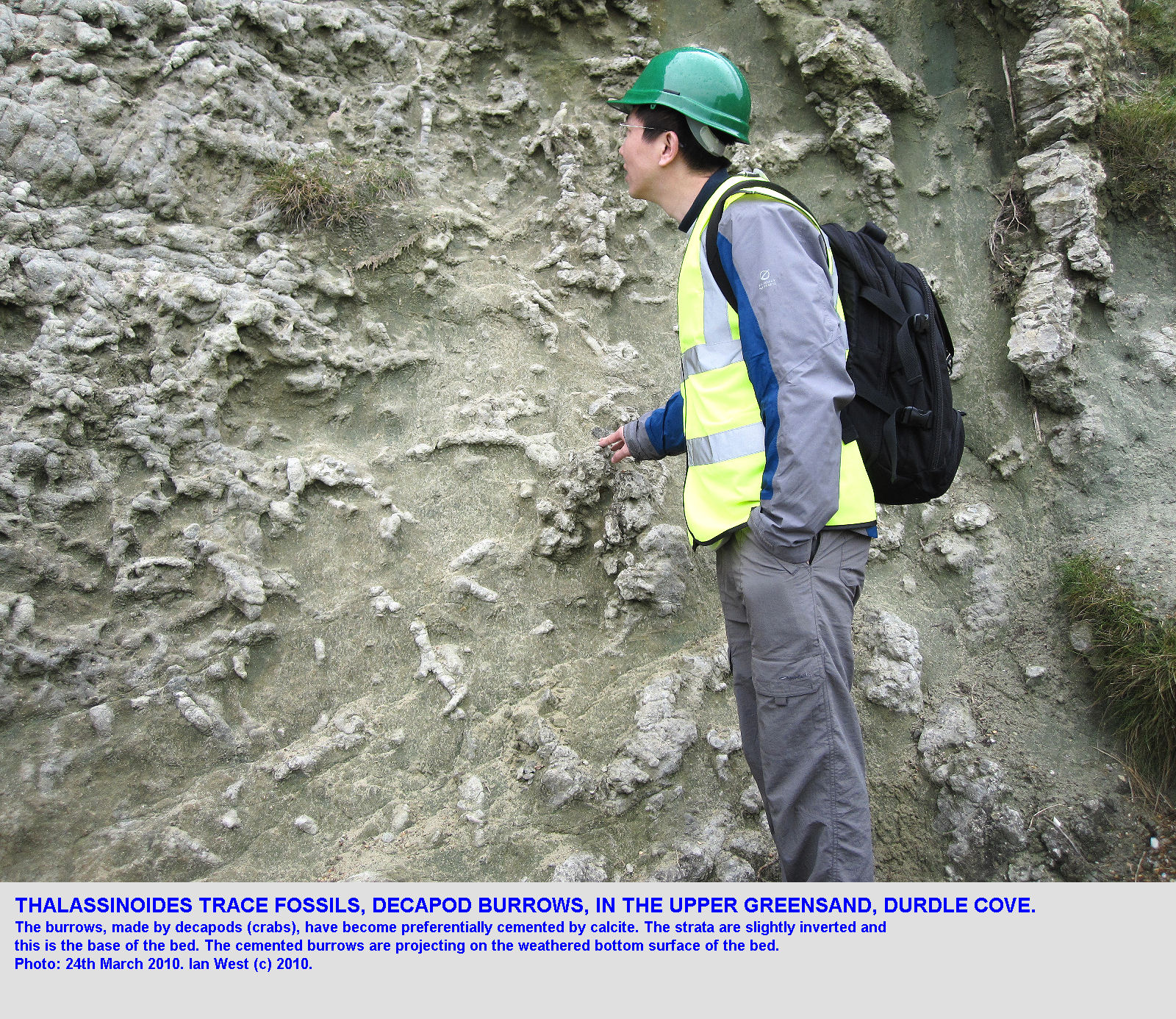
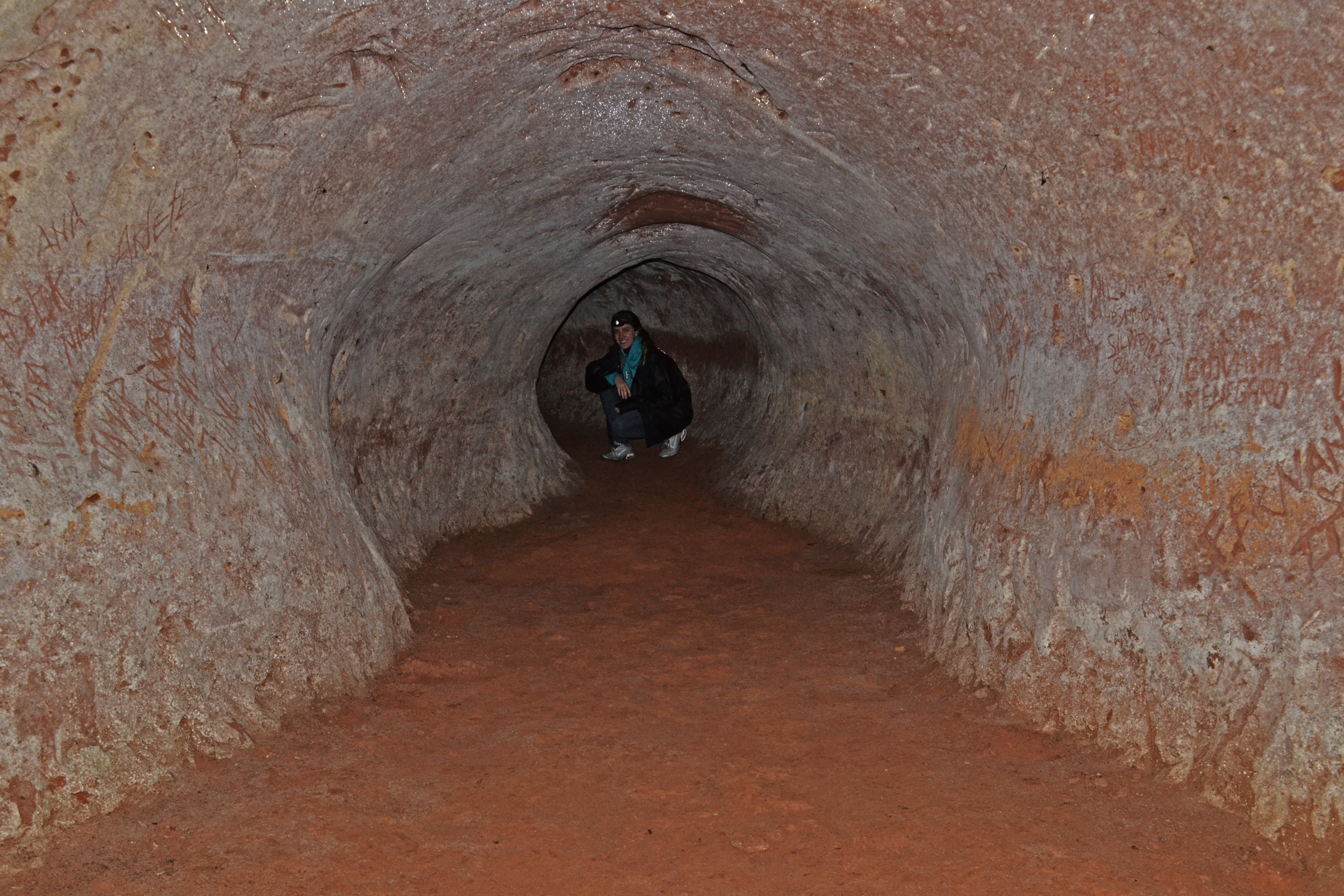
There is no question that lots of time existed for animals to hang out and to live their lives and to do what animals regularly do...all throughout the geologic column. Especially in the mesozoic in which the above strata depict in figures A through F.
And most flood advocates suggest that the flood occurred in perhaps a single year. So one has to wonder...in a single year, how did all of the above occur? It doesnt make any sense.
And time and time again, ive asked young earthers to try to make a specific timeline (perhaps month by month) in which all of this has occurred, and there is no logical way to do it.
Last edited:
Upvote
0


